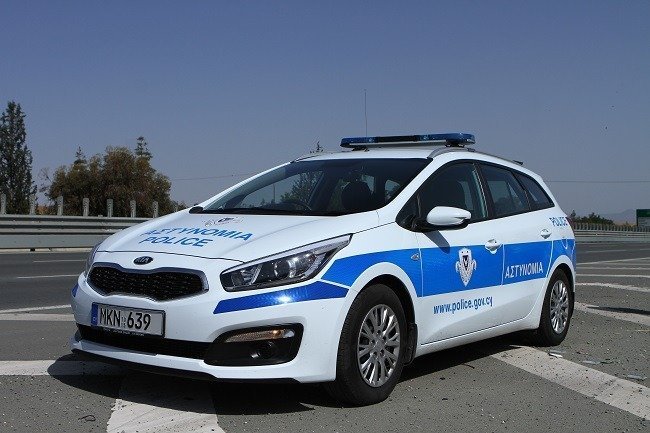Police instructions state that officers conducting speed checks should not hide, as the primary objective is prevention rather than issuing fines, Police Spokesperson Christos Andreou told the Cyprus News Agency (CNA) on Thursday.
Responding to concerns about instances where police officers conducted speed checks without being visible, Andreou commented, “The instructions are clear; they should not be hidden, and the reason is clear: our aim is not to hand out fines, but to prevent.”
The Police Spokesperson emphasised that when drivers are spotted speeding, they must be stopped and informed of the offence on the spot. However, he clarified that guidelines allow for officers to take note of vehicle registration numbers and file a complaint in cases where police members may be endangered, or stopping a vehicle could result in a traffic accident or collision. This, however, is an exceptional measure.
Policing can be carried out at any time and in any location, but certain basic conditions must be met to ensure the safety of both police officers and drivers, stated Jason Senekkis, a research associate for road safety at CERIDES, European University, in an interview with CNA.
Senekkis mentioned that in other countries, speed checks are conducted from the air using helicopters and drones to capture photos and videos. Based on this evidence, either a police report is generated or drivers are stopped at roadblocks established after the checkpoints.
“A more appropriate practice, unfortunately not employed by Cyprus police, is to perform the speed check and then stop the vehicle at a safe distance beyond the checkpoint to avoid surprises,” Senekkis suggested.
He further noted that some radars in Cyprus, which may not all be equipped with the latest technology, have limited coverage distances. Consequently, police officers may not always have sufficient time to stop a speeding driver. Senekkis proposed that speed control could be conducted from bridges or locations alongside the highway, with the driver being stopped at a roadblock further down.
However, Senekkis highlighted the importance of police being able to detect excessive speeding without the drivers becoming aware of their presence. He said, “Driving at 150-160 km/h, seeing police car lights flashing in the distance and slowing down and then continuing (at high speed) is not effective.” He added that merely warning drivers about the presence of speed cameras is insufficient to reduce speeding at a local level.
A study in applied psychology, published in Science Direct in 2013, which examined how speeding behaviour is influenced by the visibility of traffic police, concluded that to deter deviant behaviour in traffic, traffic police should strive to remain as visible as possible and avoid concealing themselves to catch speeders. The researchers suggested that visible police patrols may be more effective than hidden radars, especially in areas outside of inhabited areas, and proposed using visible police cars that continually move and regulate traffic flow as a potential solution.
On the contrary, a European Commission report suggests that speed enforcement is most effective when it is unpredictable and difficult to evade, employing a mix of highly visible and less visible activities. It also recommends continuous enforcement over an extended period. Additionally, the report highlights the importance of focusing speed enforcement on roads, situations, and times where speeding poses the greatest threat to road safety.






